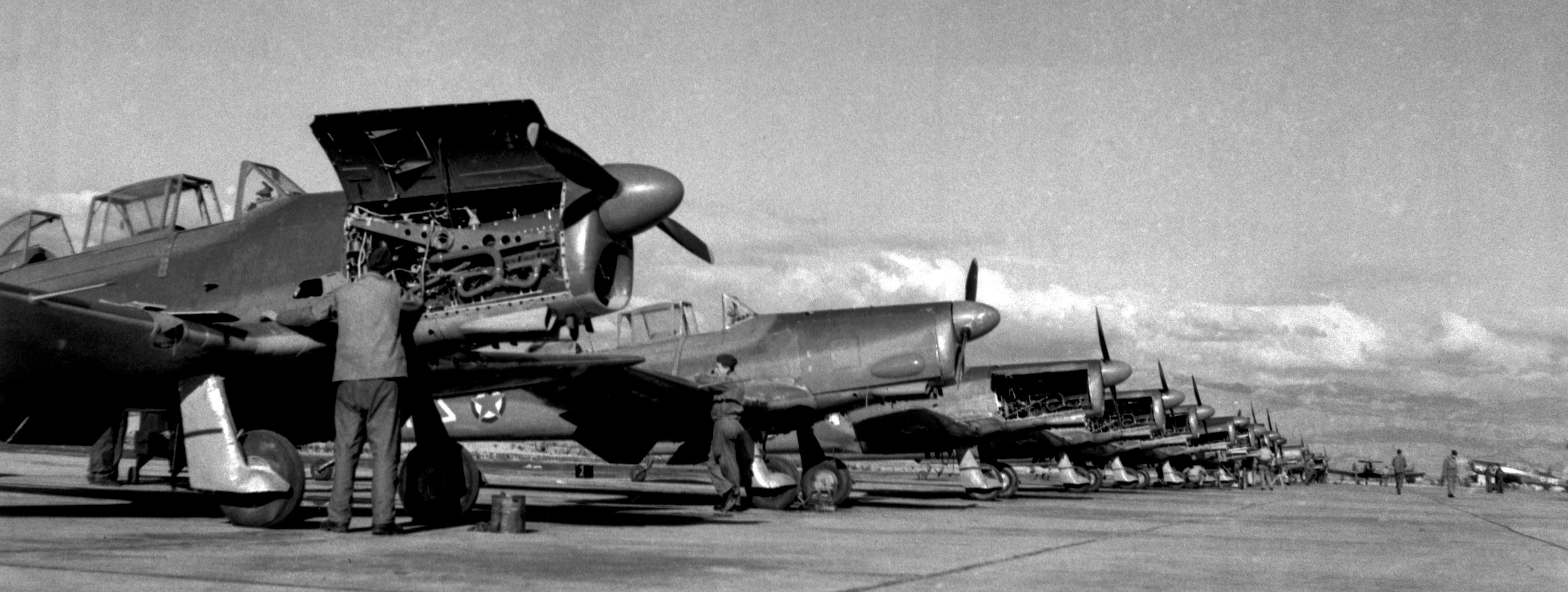Utva 213-3
The Utva 213 is a school single-engine piston aircraft with dual controls for transition training and combat training, made for the needs of military aviation. It belongs to the group of "transitional" planes, which are used in the training of pilots after the initial training, and before the transition to fighter planes. At the time the 213 was constructed, very few countries were using a transitional aircraft to train their military pilots.

The construction of this aircraft was done on the basis of an internal tender from 1946. The design team consisted of Ivan Šoštarić, Steva Ćurić, Stanko Marinković and Mirko Dabinović. Lieutenant Nikola Simić flew the prototype for the first time on October 14,1948, and after testing the 213 aircrafts were serially produced from 1950 to 1955 at the "Utva" aircraft factory in Pančevo. Changes were made during production, the most significant of which was the adoption of a three-part wing (213-3), and ten aircrafts were modified for towing targets. It was very suitable for aerobatic flying, and the only drawback is the wooden structure, which is not long-lasting.

The copy of Utva 213, which is in the collection of the Aeronautical Museum, was disused in 1961 and was handed over by the Faculty of Mechanical Engineering. The exhibited aircraft 213 is the only surviving example of this aircraft.

- Airplanes and helicopters
- Gliders and light aircraft
- Military aviation
- Civil Aviation
- Sports aviation
- NATO aggression
- Aircraft engines
- Aviation weapons
- Propellers and rotors
- Parachutes and equipment
- Training resources
- Clothing and accessories
- Equipment and tools
- Maquettes and models
- Photo library
- Aerial photographs
- Video and audio recordings
- Posters
- Art collection
- Philately

